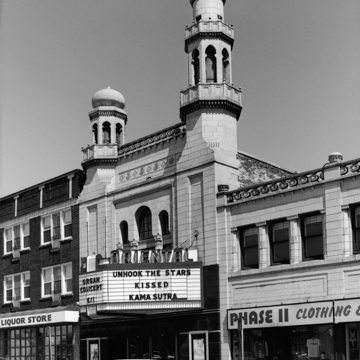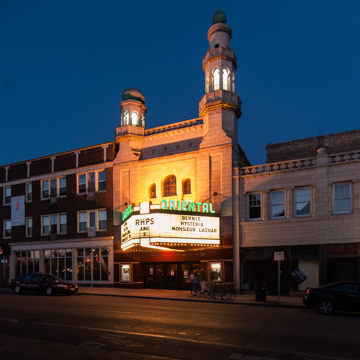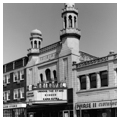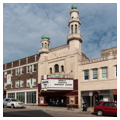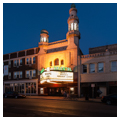This white Moorish Revival, terra-cotta-clad theater with its copper-domed minarets is an Upper East Side landmark. The theater interior, a veritable catalog of Near Eastern and Asian design motifs, embodies the 1920s fascination with adventure and exotic places. Adorned with ornamental plaster, decorative painting, and sculpture, the interior centers on a balustrade of life-size ebony-colored lions. Larger-than-life Buddhas, with lighted rubies in their foreheads, squat in ornamental plaster niches along the auditorium walls. Richly ornamented pilasters hold huge elephant- and lion-head capitals. In 1988, the Oriental Theater was sensitively divided into a three-screen cinema. Two new auditoriums were built beneath the huge balcony, but the size of the original screen and virtually all of the historic ornamental features are intact.
You are here
Oriental Theater
If SAH Archipedia has been useful to you, please consider supporting it.
SAH Archipedia tells the story of the United States through its buildings, landscapes, and cities. This freely available resource empowers the public with authoritative knowledge that deepens their understanding and appreciation of the built environment. But the Society of Architectural Historians, which created SAH Archipedia with University of Virginia Press, needs your support to maintain the high-caliber research, writing, photography, cartography, editing, design, and programming that make SAH Archipedia a trusted online resource available to all who value the history of place, heritage tourism, and learning.


